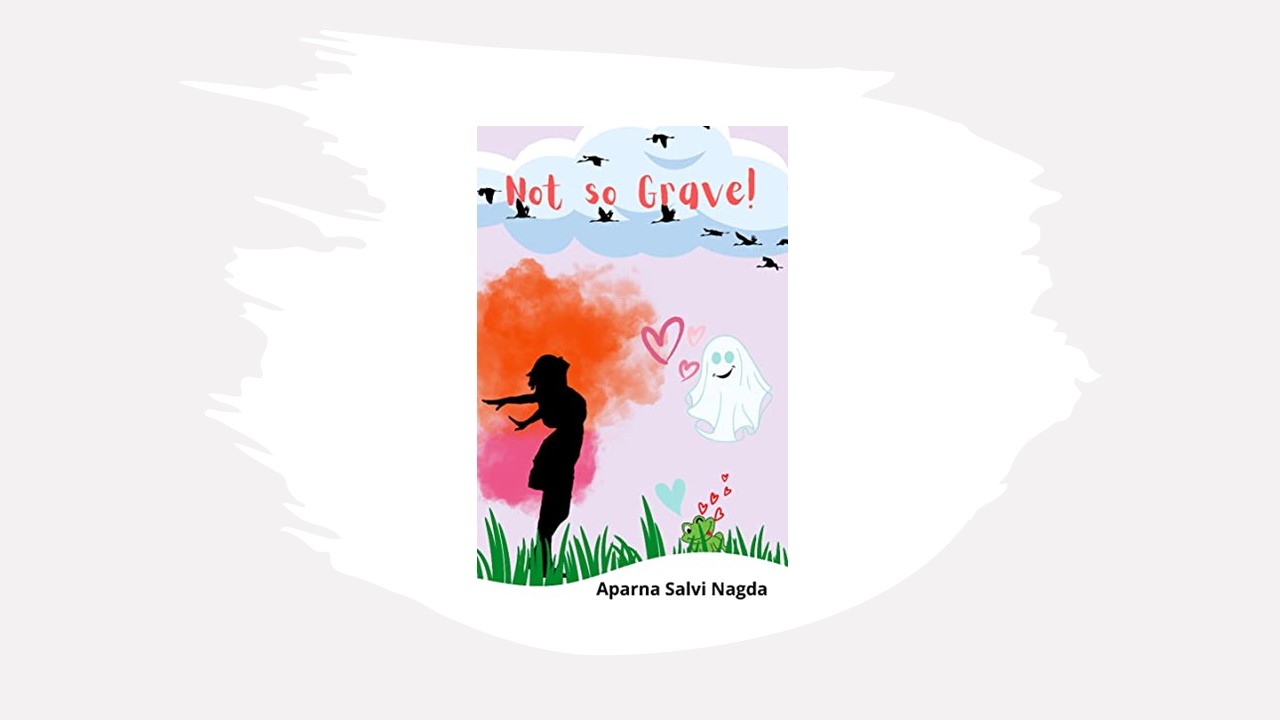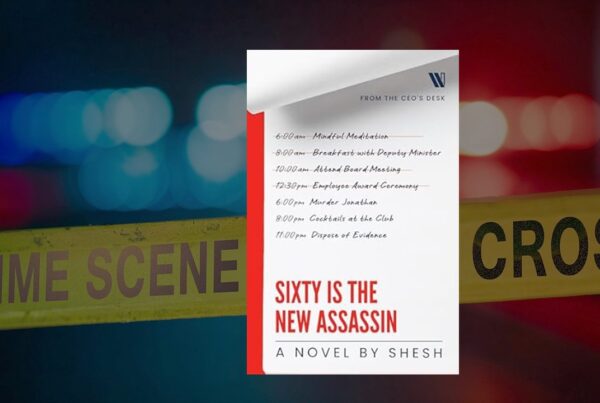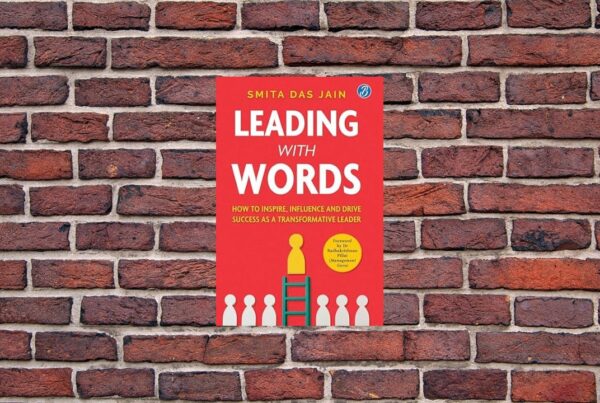Dr. Aparna Salvi Nagda’s ‘Not So Grave!’ is a delightful story based on a refreshing and quirky premise. A dead man witnesses the reactions of his loved ones in the wake of his death and channels his regrets and whims. This novella makes for a unique and unconventional offering with its wry humour, sarcasm, and wit. The idiosyncrasies of the central characters make it an entertaining read.
Robinhood Singh alias Robu is dead, and is survived by his mother Beeji, his wife Pushpakala, his daughter Dimple, and their dog, Chandy. Pushpakala, is a Tambram woman who married into a Punjabi family defying her father’s wishes. The characters are introduced in stereotypical fashion; Beeji is loud and raucous, and Kala oils her hair and enjoys South Indian food. In due course, you realize that the protagonists are anything but caricatures. Beeji refuses to mourn and mope, instead she wishes to celebrate the life of her son. She readily accepts a non-Punjabi daughter-in-law, one whom she instructs to perform the last rites of her son. She is quite a force to reckon with, even supporting a women’s right to pleasure and is easily the most impactful of the lot.
Pushpakala is a bit of enigma. An educated woman working as a professor in a college; she wrestles with grief and carries on with her duties. The bond between her and Beeji is endearing and a welcome departure from the standard mother-in-law- daughter-in-law fare. It is mentioned that Dimple has ADHD and Chandy is a support dog; would have loved to have them play a more prominent role.
The narrator is Robu who realizes that death makes you wise in hindsight. He regrets not having done better, and not having understood his family when he was alive. His final act of wanting Pushpakala to be happy, and letting go, is a coming-of age (coming-of-death?) moment for him. What stands out for me is the effortless humour. You would expect a book about a dead person to be dark and gloomy. It isn’t, it breaks the mould and questions our notions about death and loss.
On the flip side, the book needs tighter editing to iron out the typos and tense mismatches. In terms of research, Delhi comes alive in the pages. However, there are some incorrect notions about South Indian food; Karnataka food and Kerala food are different. The ending is a tad rushed; the reader is fully invested in these women and wants to know how they are going to handle the latest challenge thrown at them. These are minor wrinkles that can be easily ironed out to enhance the plot.
This novella has the potential to be a Pagglait meets Two States: the ultimate tragicomedy. Hoping to read the full-fledged novel soon!




